Get PeakVisor App
Sign In
Search by GPS coordinates
- Latitude
- ° ' ''
- Longitude
- ° ' ''
- Units of Length

Yes
Cancel
Share ×

Scan the QR code and open PeakVisor on your phone
❤ Wishlist ×
Choose
Delete
Featuring sandy beaches, a rich diversity of cultures, and some iconic culinary delights, New Jersey is a densely populated state located in the Mid-Atlantic region of the United States. While it’s not particularly known for its towering mountains, New Jersey is home to some rugged terrain, including 196 named mountains, the tallest and most prominent of which is High Point (1,803ft/549m).
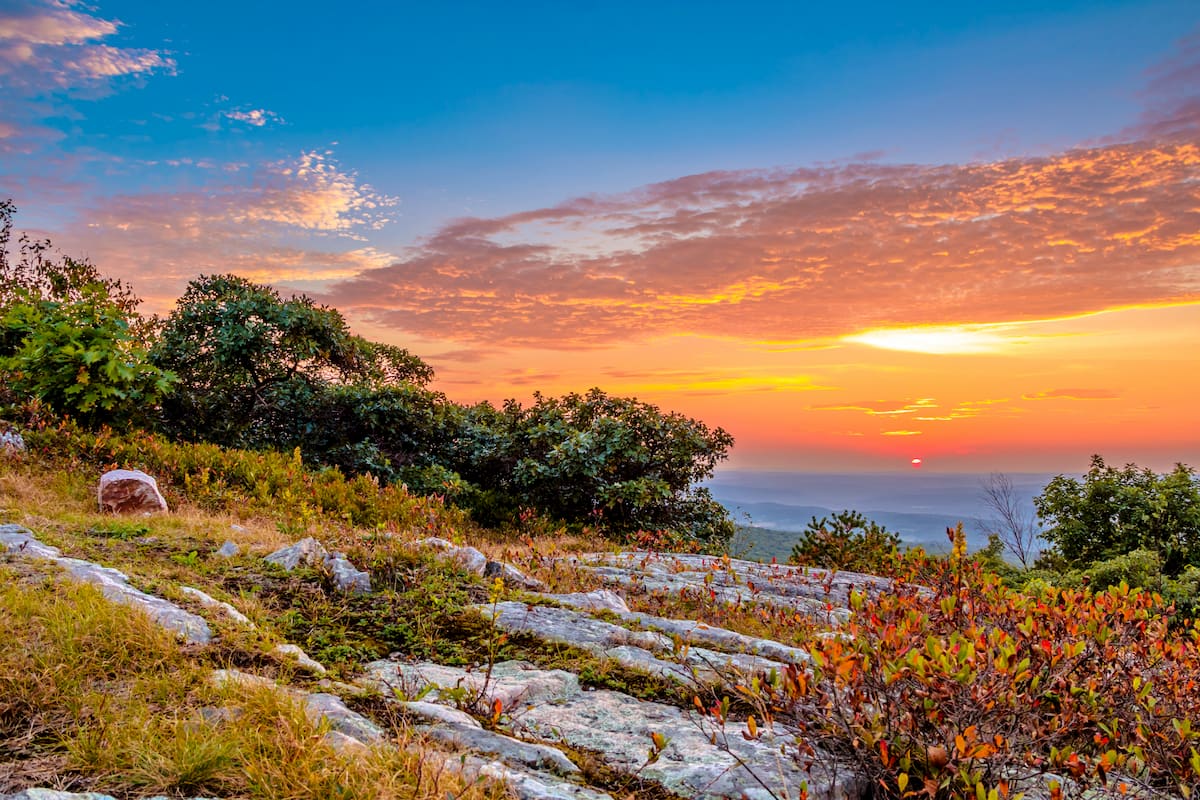
The state of New Jersey is situated in the northeastern part of the United States along the Atlantic seaboard. It shares a border with 3 other states, including New York to the north and northeast, Pennsylvania to the west, and Delaware to the southwest.
New Jersey has a total area of 8,722.58 square miles (22,591.38 sq. km), approximately 15.7% of which is water. This makes it the 47th largest state in the union, trailing behind every other state except for nearby Connecticut, Delaware, and Rhode Island.
However, with a population of nearly 9 million people, New Jersey is the 11th most populous state in the US and the most densely populated with over 1,200 people per square mile (467 per sq. km). Due to its proximity to New York City and the economic prosperity that brings, New Jersey is also the second most affluent state in the country, after Maryland, in terms of median household income, though it’s ninth in terms of per capita GDP.
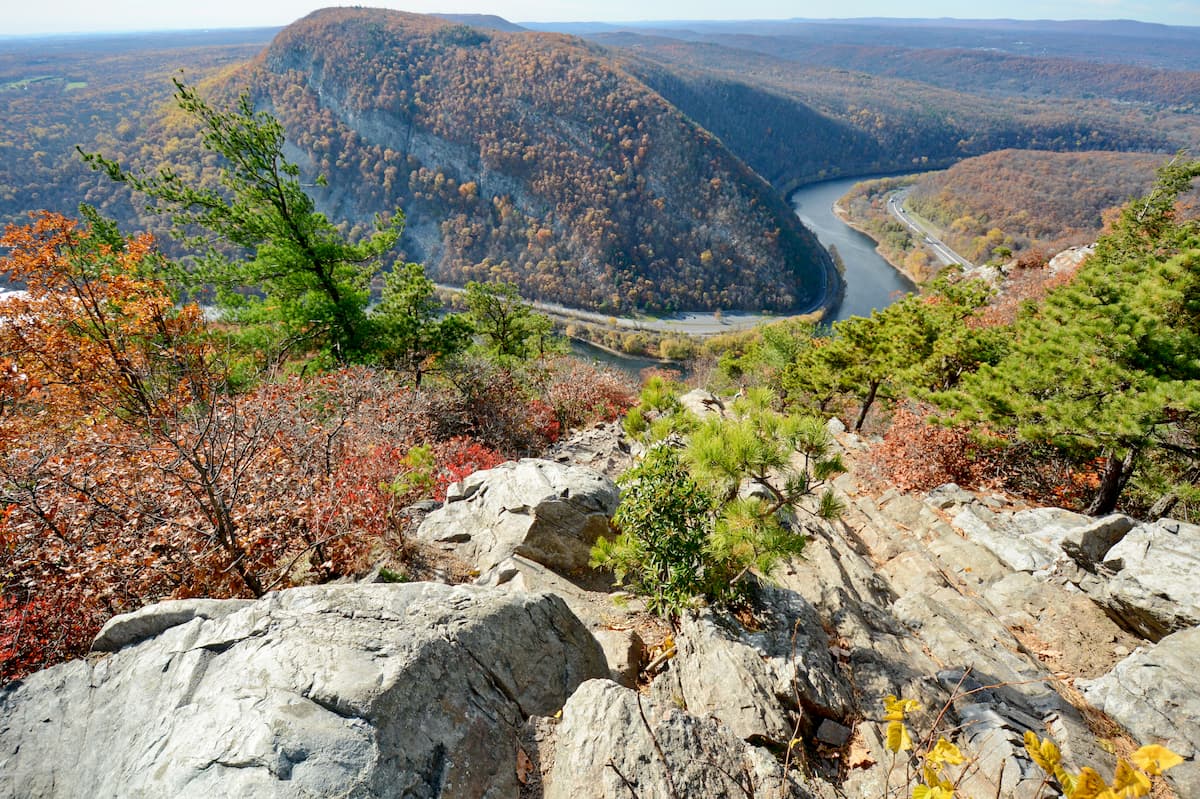
Despite being one of the smallest states in the country, New Jersey can be divided up into about 4 or 5 different regions: the Appalachian Ridge and Valley in the northwest, the Highlands and the Piedmont in the north, and the Coastal Plain in the southern half of the state.
These regions roughly, but not perfectly, correspond with the 3 main mountain systems that traverse New Jersey from southwest to northeast: the Appalachian Ridges (which include the Kittatinny Mountains), Reading Prong, and the Piedmont-Southeast Coast.
With the exception of the Piedmont-Southeast Coast, all of the mountains in New Jersey are part of the Appalachian Mountain range, which stretches from Alabama in the south to the province of Newfoundland and Labrador in Canada to the north.
The vast majority of the mountains in New Jersey are found in the northern half of the state as the southern half is dominated mostly by low-lying coastal plains, marshes, and beaches. Major peaks in the state include High Point, Kittatinny Mountain, Racoon Ridge, Pochuck Mountain, Mount Mohepinoke, and Bald Mountain.
That being said, there are many state parks in New Jersey, including:
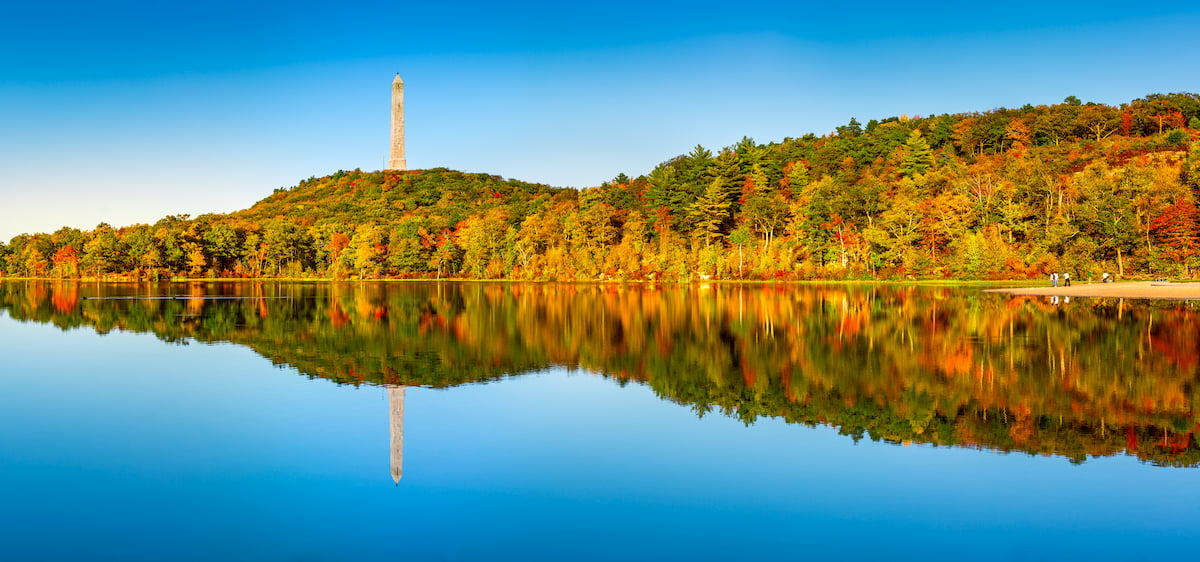
New Jersey is also home to a collection of stunning state forests, such as:
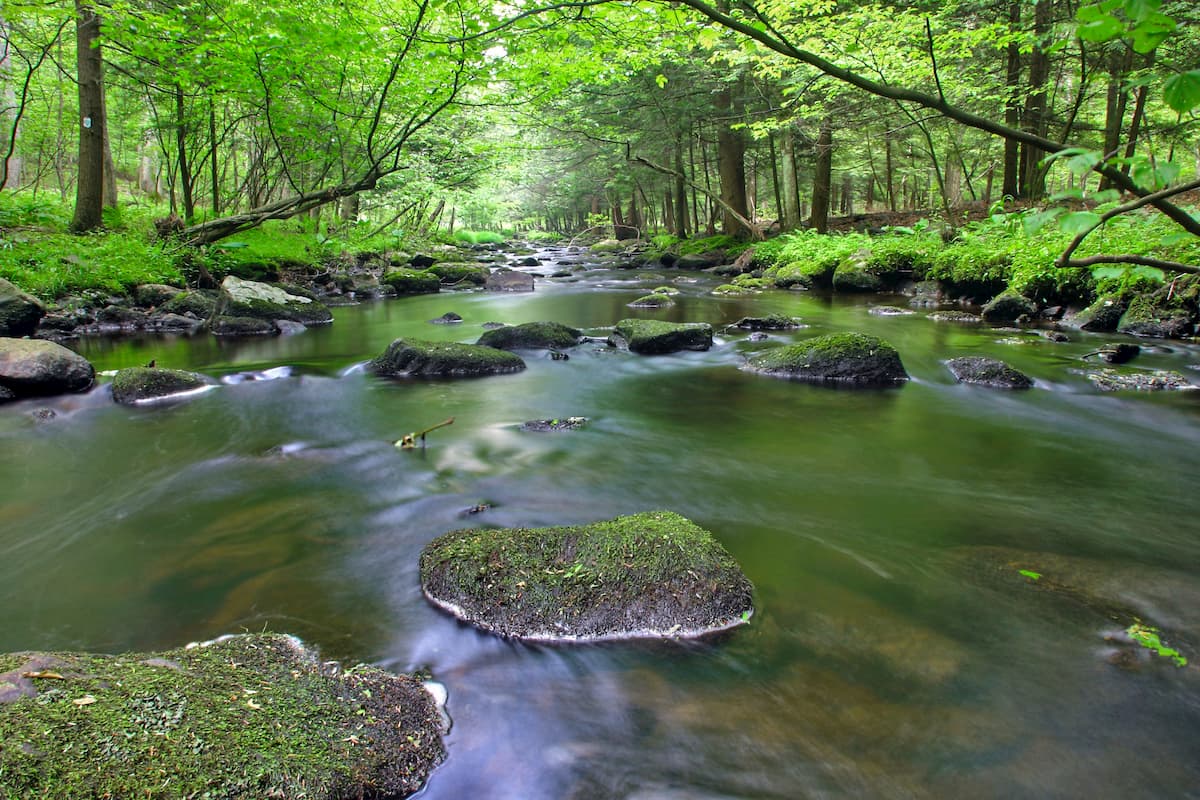
Moreover, while New Jersey has no national parks or national forests, it does have quite a few national wildlife refuges, which include:
In addition, New Jersey has a decent number of state- and county-operated wildlife management areas, such as:
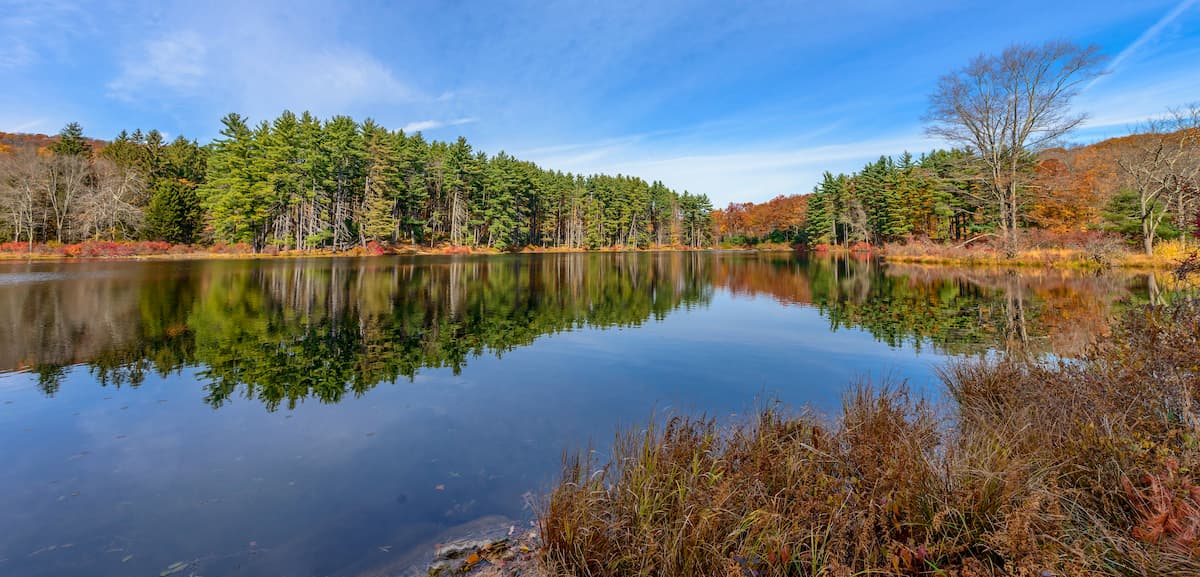
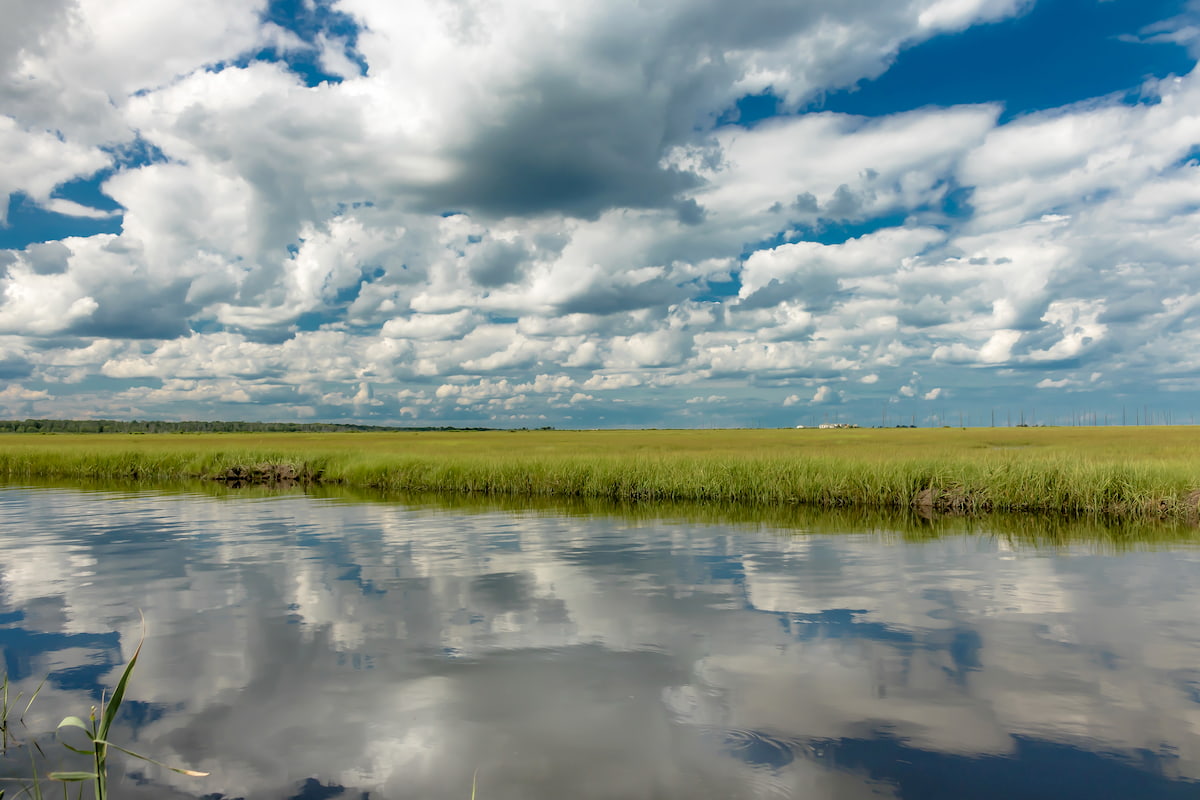
Finally, the state of New Jersey has 44 oceanfront beaches which stretch all the way down its coastline from Sandy Hook in the north to Cape May in the south. Although the state’s parks and recreation areas are beautiful, they pale in comparison in terms of popularity to New Jersey’s famous beaches, particularly at the height of the summer season.
New Jersey’s tallest mountain is locally referred to as “High Point,” though it has gone by quite a few different names over the years. Here are some of the other names that the mountain has been called over the years:
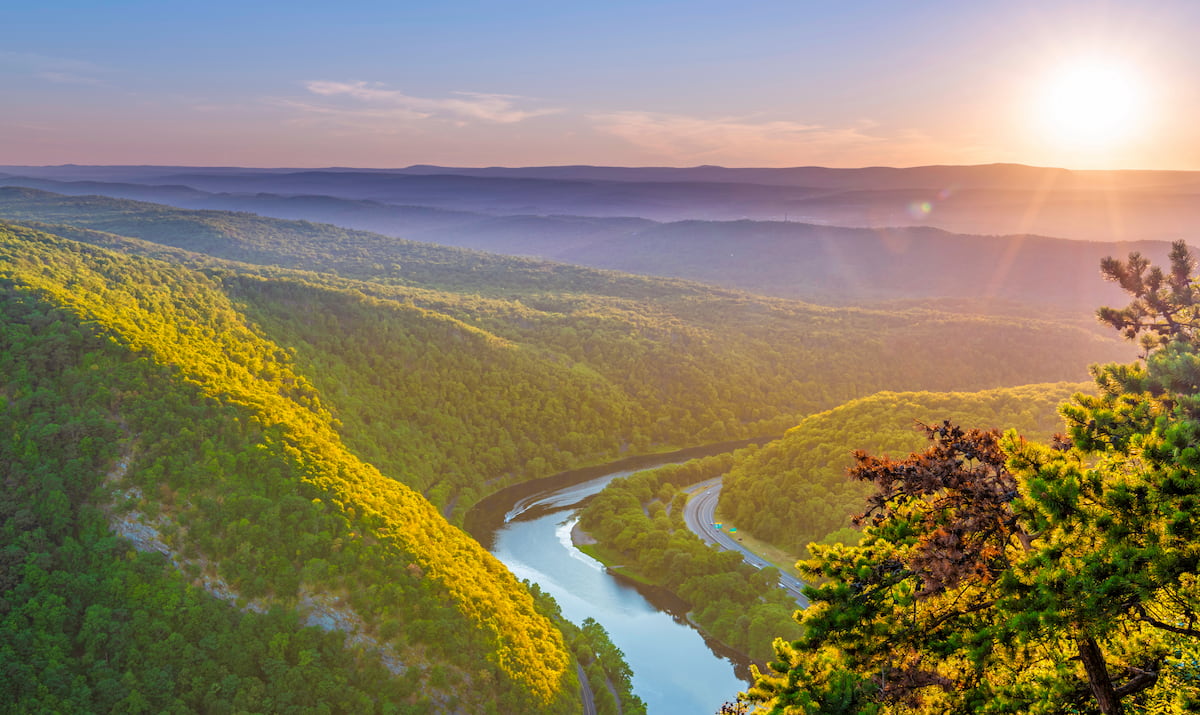
Oh, and it’s worth noting that High Point, which also goes by the name “Kittatinny Mountain,” is not the tallest peak in the Kittatinny Mountains range (that’d be Raccoon Ridge). Confusing, we know.
So, what is the name of the high point in New Jersey? Well, we all know where the high point is, but we’ll let you decide on the name.
Although it’s quite a small state, New Jersey does have a unique and varied geology. Indeed, the best way to understand the state’s geology is to break it down into 4 distinct geologic areas.
The Valley and Ridge area covers the northernmost part of New Jersey. It is home to the Delaware Water Gap and its associated Delaware Water Gap National Recreation Area, which contains dramatic scenery and rugged topography.
This region is mostly sedimentary in origin, with various limestone, sandstone, and shale bedrock that dates back to the Cambrian and Devonian. Much of the Valley and Ridge in this part of New Jersey was carved out by the erosive forces of water over millennia, particularly by the Delaware River, which created the aptly-named Delaware Water Gap.
Situated just to the southeast of the Valley and Ridge, the Highlands contain mostly metamorphosed and igneous bedrock, such as marbles, gneisses, and granites. In fact, the oldest bedrock in the state of New Jersey can be found in this region, with some areas dating back to the Precambrian.
However, unlike the sedimentary rock located in the Valley and Ridge to the north, the metamorphosed rock in the Highlands is much more erosion-resistant. Therefore, this region is mostly home to hills with the occasional deep valley carved out within small bands of sedimentary bedrock.
Oh, and this part of New Jersey is sometimes referred to as the “fluorescent mineral capital of the world” (yes, that’s a thing) because of its fairly large concentration of willemite, which is a zinc ore that looks fluorescent green when placed under shortwave UV light. Who knew?
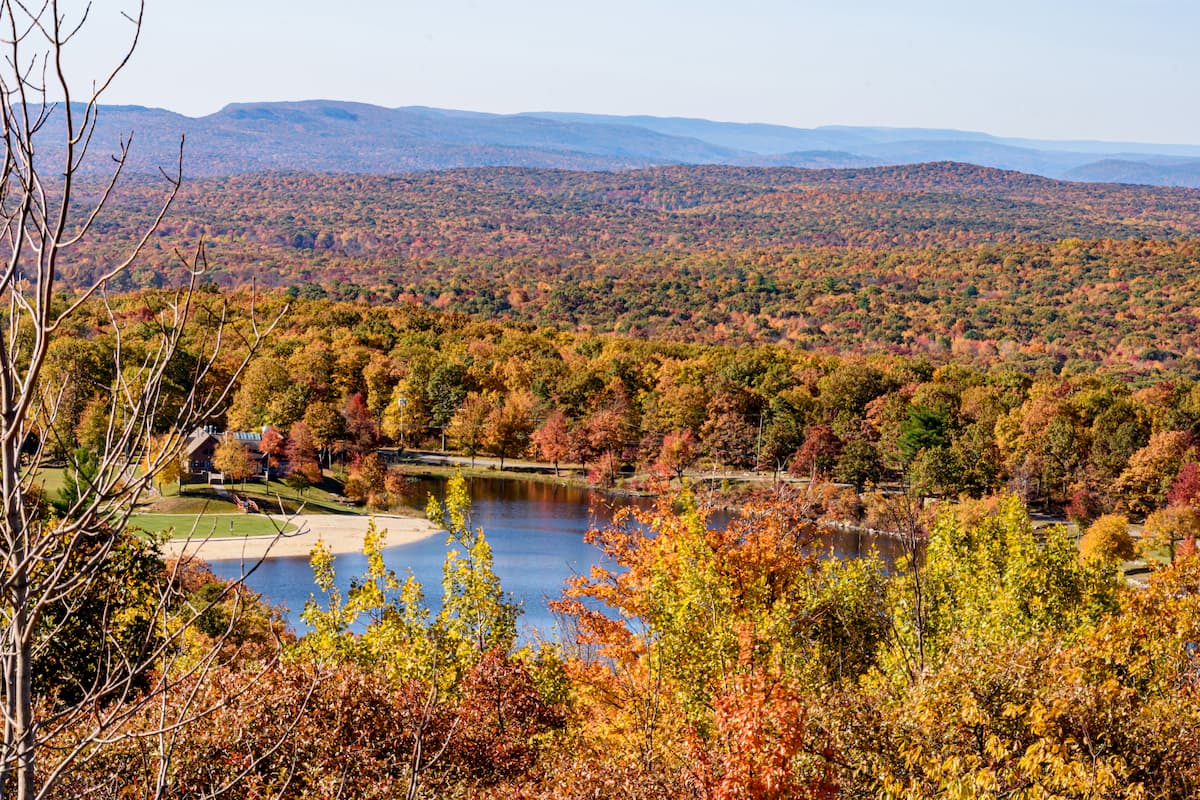
Located to the southeast of the Highlands is the Piedmont, which is a lowland area that’s traversed by a number of ridges. This unique landscape is mostly sedimentary in origin, however the rifting of the Atlantic Ocean many millions of years ago brought large lava flows into the area, which are solidified and formed harder, more erosion-resistant bedrock.
Over the last few tens of millions of years, erosion has whittled down the softer sedimentary rock, leaving behind the more erosion-resistant igneous rocks to form a lowland area with occasional ridges.
That being said, the sedimentary bedrock in this region is also well-known for its ability to serve as an excellent aquifer (water-bearing layer of permeable rock). Moreover, before European settlement, this region was home to some truly massive wetlands, though only a few, such as the Great Swamp, remain.
The final geologic region of New Jersey is the Coastal Plain, which comprises about one-half of the state. This part of New Jersey is characteristically flat, with just a few hills dispersed across the landscape.
Within the Coastal Plain, the bedrock is almost exclusively sands, silts, and clays. Indeed ,this region is also home to quite a few barrier islands, which are essentially large bars of sand that parallel the mainland.
Due to the low-lying nature of New Jersey’s Coastal Plain, it is particularly susceptible to maritime storms, such as hurricanes. These barrier islands do provide some protection to the mainland portion of New Jersey, though the increasing strength and frequency of major storms in recent years poses a serious threat to the region.
Within New Jersey, there are 3 primary ecoregions, each of which has its own unique set of flora and fauna. These include the Northeastern Highlands, the Northern Piedmont, and the Atlantic Coastal Pine Barrens.
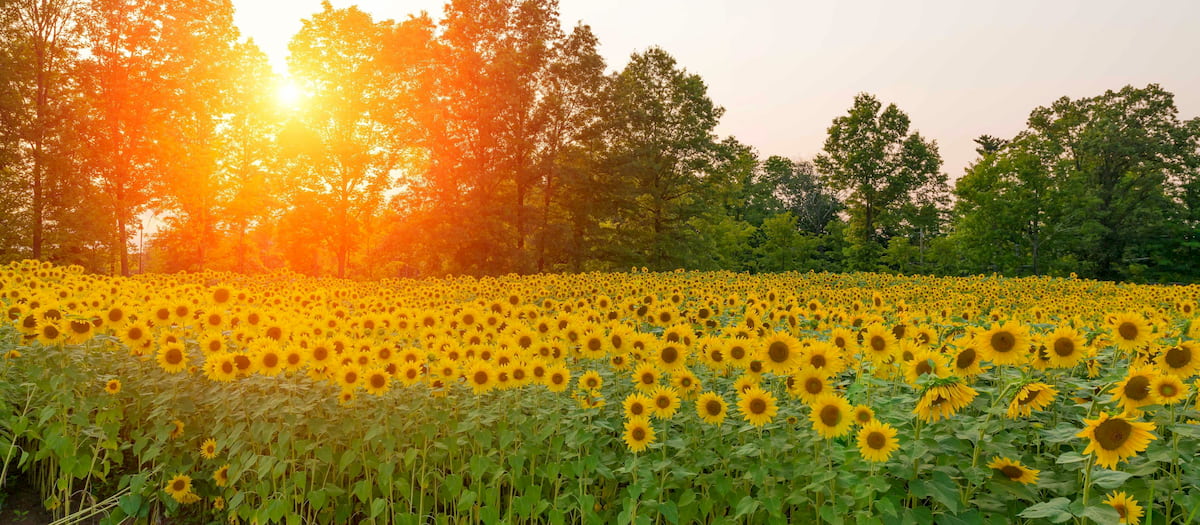
Covering just a small part of northwestern New Jersey, the Northeastern Highlands are actually a very large ecoregion, which includes much of Maine, New Hampshire, Vermont, Massachusetts, Connecticut, and New York.
In fact, outside of the Kittatinny Mountains in New Jersey, this ecoregion is found in multiple major mountain ranges, such as the Adirondacks, the Catskills, the Green Mountains, the White Mountains, and the Longfellow Mountains.
Within this ecoregion, there is dense forest cover, though the soils are relatively nutrient-poor. Depending on where you are in the ecoregion and at what elevation, these forests are mostly northern hardwoods, such as maple, birch, and beech, though there are some spruce-fir forests at higher elevations in the more northerly climes.
Within New Jersey, the Northern Piedmont ecoregion includes a small section of land to the east of the Northeastern Highlands. It also extends further to the south throughout eastern Pennsylvania, central Maryland, and even northern Virginia.
Although much of the Northern Piedmont is now developed, unforested land, before the arrival of European settlers, this region was home to a dense concentration of Appalachian oak forests, which include species such as red oak, white oak, chestnut oak, ash, elm, tulip, and hickory. However, deforestation has left us with only small sections of these forests within protected areas and private land holdings.
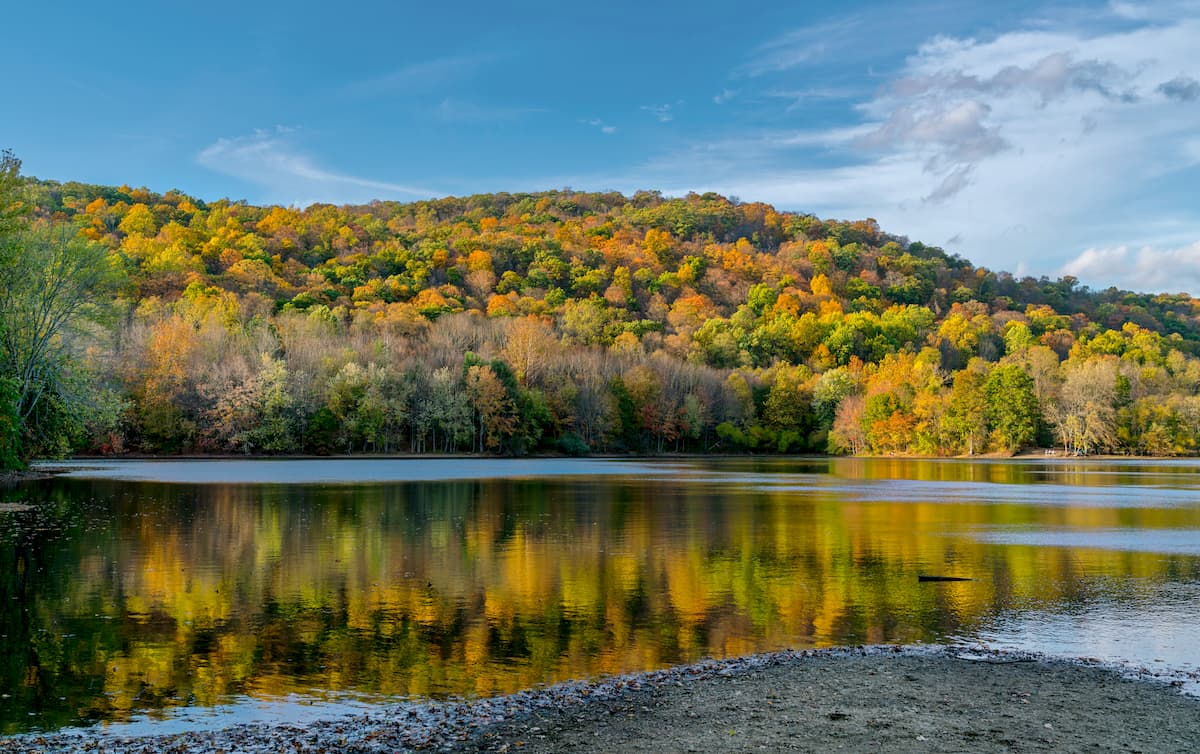
The Atlantic Coastal Pine Barrens are found only within southern New Jersey, Long Island, Cape Cod, Martha’s Vineyard, and Nantucket. They are often referred to as just the “Pine Barrens,” though there are other pine barrens ecosystems located elsewhere in the northeastern United States, such as near the Ossipee Mountains in New Hampshire.
Here, the most common forest cover is a mix of blackjack oak and pitch pine, both of which are able to grow in the nutrient-poor, sandy soils that you can find in southern New Jersey.
These pine barrens rely on a natural fire regime to replenish the nutrient content of their soils and to promote overall forest health. However, suburban sprawl throughout New Jersey and other parts of the Atlantic Coastal Pine Barrens has severely limited the occurrence of natural wildfires.
Moreover, the Atlantic Coastal Pine Barrens ecoregion is now heavily fragmented, as a result of widespread deforestation over the last few hundred years, though some small nature reserves do remain.
Humans have lived in and around the area that is now called New Jersey for tens of thousands of years.
Long before the arrival of European colonizers in the 16th and 17th centuries, the region was predominately home to the Lenape people, who are now part of many nations, including the Delaware Nation, the Stockbridge-Munsee Community, the Delaware Tribe of Indians, the Delaware Nation at Moraviantown (Eelüaapéewi Lahkéewiit), and the Munsee-Delaware Nation, among others.
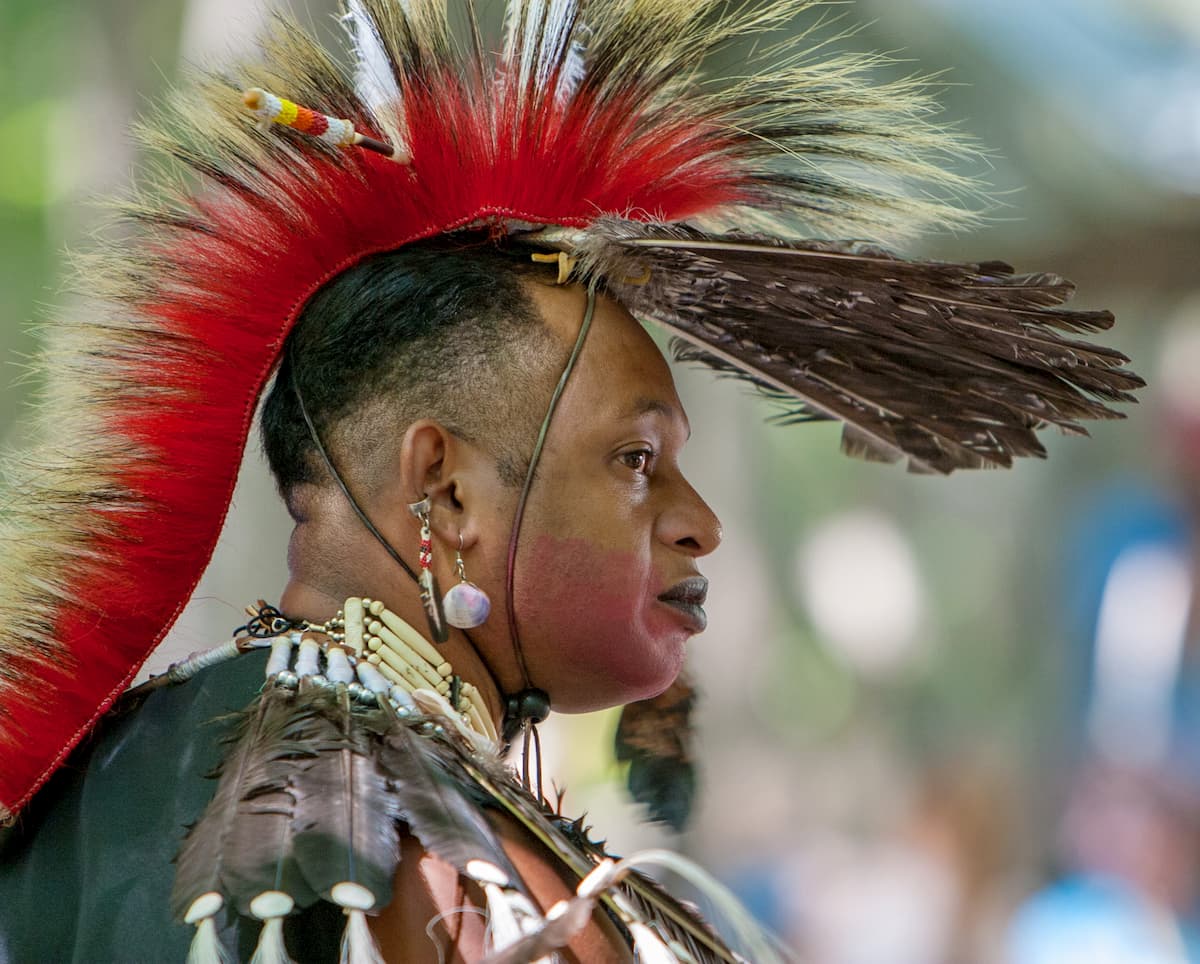
The waters around New Jersey were some of the earliest coasts in North America sailed by European sailors. Indeed, Giovanni da Verrazzano sailed past Sandy Hook in 1524 and Sir Henry Hudson sailed the Delaware River Bay in 1609.
A few years later, Dutchman Adriaen Block sailed the waters around New Jersey and claimed much of the region for the Netherlands. There was also a brief period of Swedish colonization of southwestern New Jersey during the 17th century, though the Dutch never recognized their claim (to say nothing of the fact that the region was already home to thousands of Indigenous peoples).
In the late 1700s, the British seized the then-Dutch colony, which included lands around the Mid Atlantic coast, starting a long period of colonization, European settlement, and the forced removal of Indigenous peoples from the region.
New Jersey played an important role during the American Revolution as it was one of the original 13 colonies. However, loyalist sentiments were strong in New Jersey and many settlers felt strong ties to the British. During the war, several major battles were fought in New Jersey, including the Battle of Trenton, which was made possible only by George Washington’s famous nighttime crossing of the Delaware River.
Throughout the early years of New Jersey’s statehood, the region’s economy was mostly agricultural, though the poor soils in much of the state made this challenging. During the advent of the Industrial Revolution, New Jersey became particularly important, thanks to one of its most famous residents: Thomas Edison, the innovator of the incandescent light bulb.
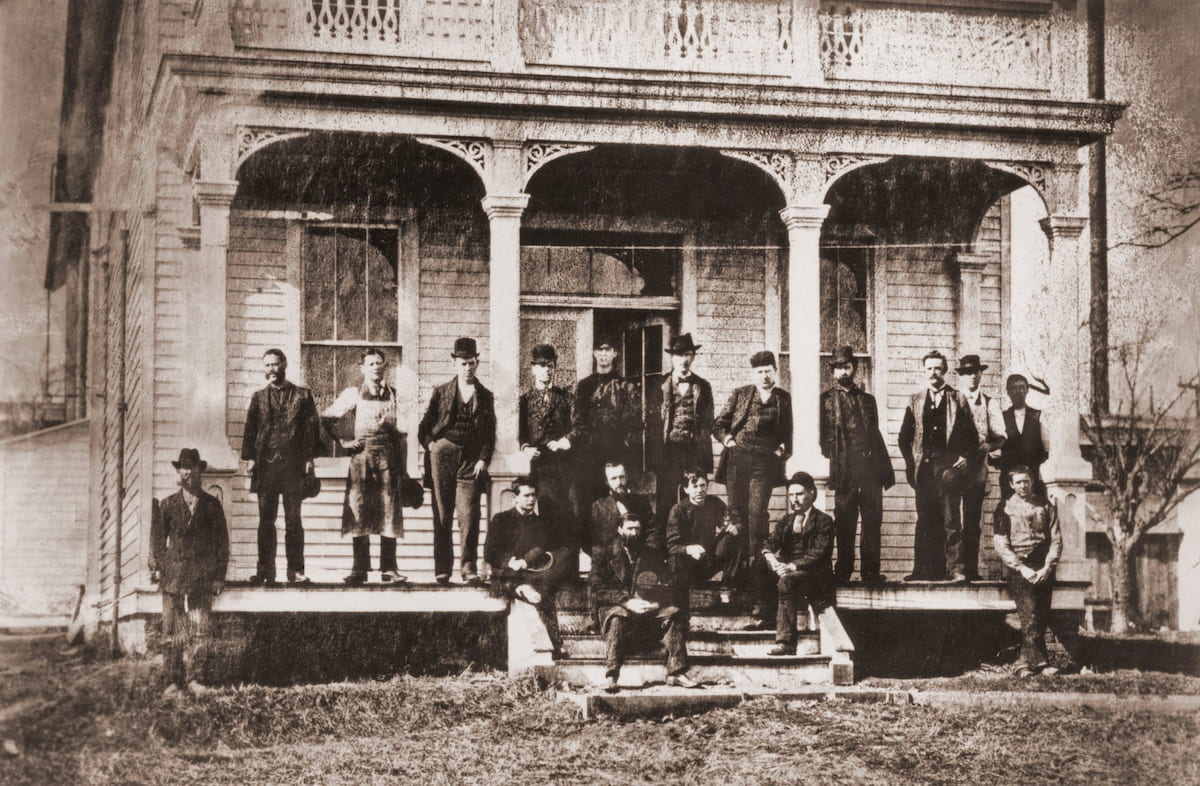
During the 1900s, New Jersey became an important location for oil refineries, which helped to drive its economy in the earliest stages of industrialization. It was also a major ship building and manufacturing location during both world wars.
Improvements in transportation during the 1920s and 1930s, including the creation of the Holland Tunnel, the Lincoln Tunnel, and the George Washington Bridge also led to increased access to New York City, greater prosperity, and a stronger economic link between New Jersey and its metropolitain cousin.
To this day, northern New Jersey is home to a major population of commuters who live in the state but travel into New York City each day for work. Meanwhile, southern New Jersey is home to a smaller, yet still significant number of commuters who work in nearby Philadelphia.
New Jersey has a strong and diversified economy, which relies on pharmaceuticals, finance, information technology, biotechnology, agriculture, shipping, petroleum refinement, and tourism.
In particular, tourism is becoming increasingly important to the state as New Jersey’s strategic location and abundance of beaches brings visitors to the area. Additionally, many visitors come to New Jersey to see its beautiful parks, particularly the Delaware Water Gap National Recreation Area.
Although New Jersey is best known for its beaches, there are some great hiking areas in the state. Here are some of the best places to check out:
Located in northwestern New Jersey, Delaware Water Gap National Recreation Area is a stunning natural area that’s home to steep cliffs, dense forests, and, of course, the Delaware River. The recreation area has 9 named mountains, the highest and most prominent of which is Raccoon Ridge.
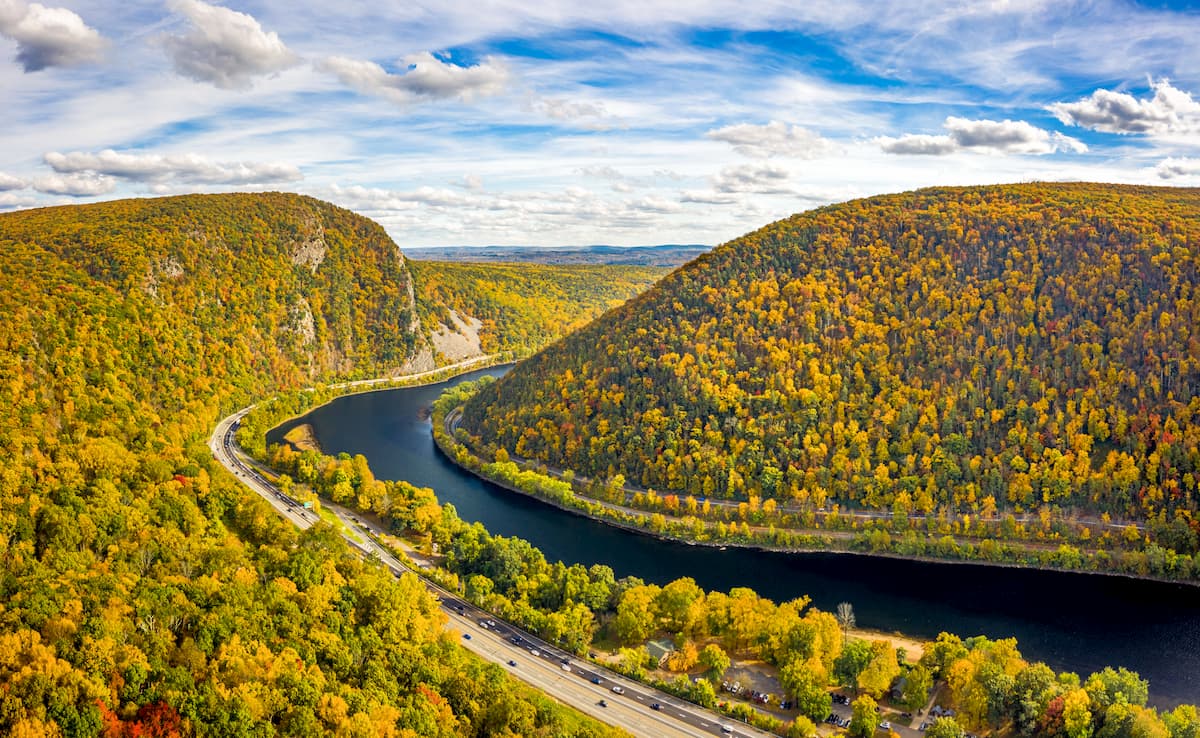
Delaware Water Gap is a popular hiking destination, with a number of popular trails for visitors to enjoy. These include hikes up to Dingmans Falls, Raymondkill Falls, Buttermilk Falls, Hackers Falls, Mount Minsi, and Mount Tammany.
Aptly named, High Point State Park is home to the tallest peak in New Jersey, High Point. The park is small, but popular as it’s nestled along the edge of the Delaware River, among scenic forests and rugged ridges.
There are quite a few hiking trails within the park, including the Monument Trail, the Shawangunk Ridge Trail, the Iris Trail, and even parts of the Appalachian Trail.
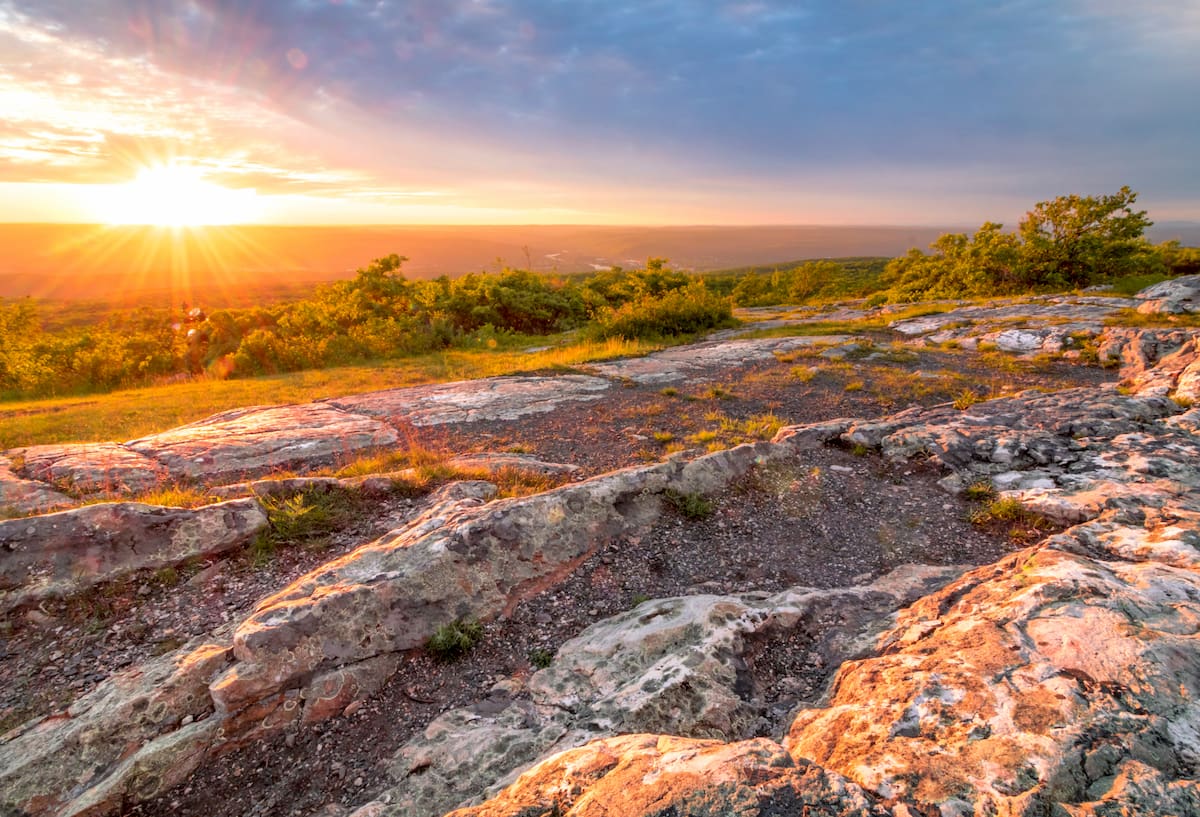
As the most densely populated state in the US, New Jersey is home to its fair share of cities. In fact, every county in the state has a metropolitan area. Here are some of the best places to visit in the state.
Newark is the largest city in the state of New Jersey with over 280,000 residentes. Due to its very close proximity to Manhattan, it is a major commercial center and many large corporations have headquarters in the city. Newark is also home to one of the main campuses of Rutgers University, which is the largest university in the state.
Although Newark is squarely within New Jersey, it is home to a major New York Area airport (Newark Liberty), which makes it an important travel hub for the region.
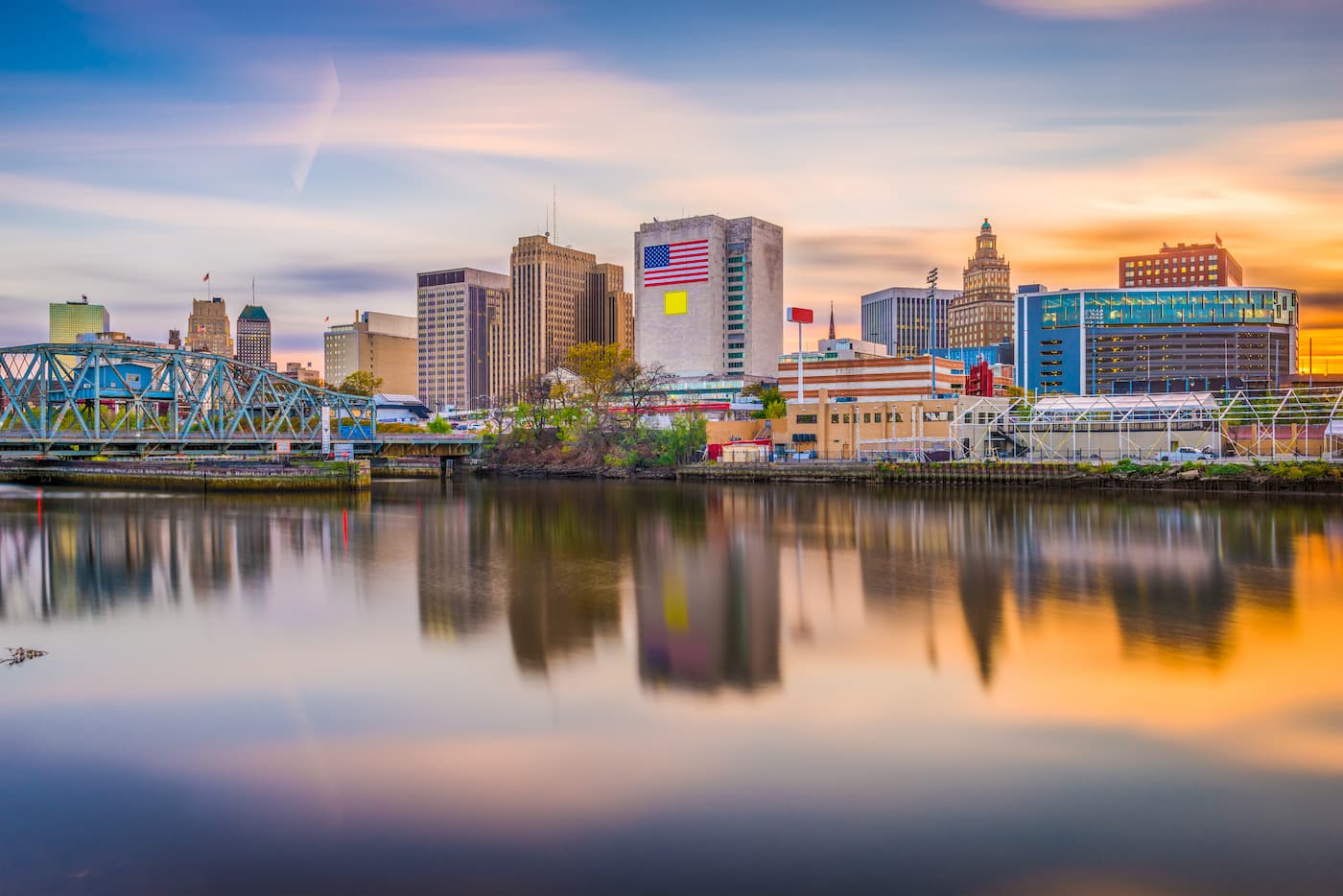
Located in the central part of New Jersey, Trenton is the capital of the state, though it’s far from the largest city in the region with a population of around 83,000 residents. Trenton is just a short distance from Philadelphia so it’s at a unique crossroads in the state when it comes to sports and television networks, as fan loyalty is divided between Philadelphia and New York teams.
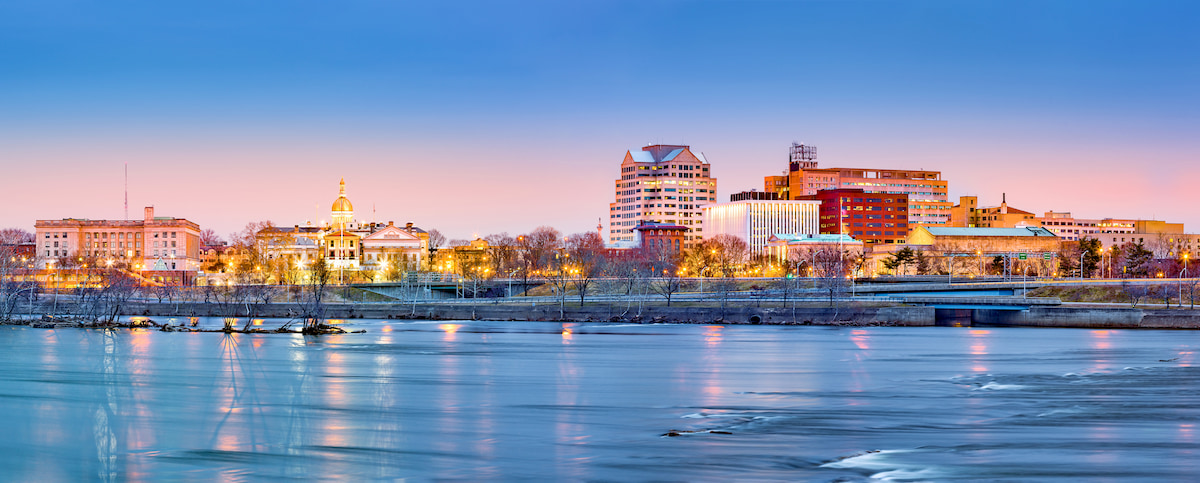
Atlantic City is located in southern New Jersey on the state’s coastline. It is home to about 40,000 residents and it is best known for its beaches, casinos, and world-famous boardwalk. In fact, the streets of Atlantic City were the original inspiration for the US version of Monopoly.

The town of Princeton is located in the central part of New Jersey, about halfway between New York City and Philadelphia. As the name suggests, Princeton is home to Princeton University. The university has a heavy influence on the city and it is often ranked as one of the best places to live in the state.
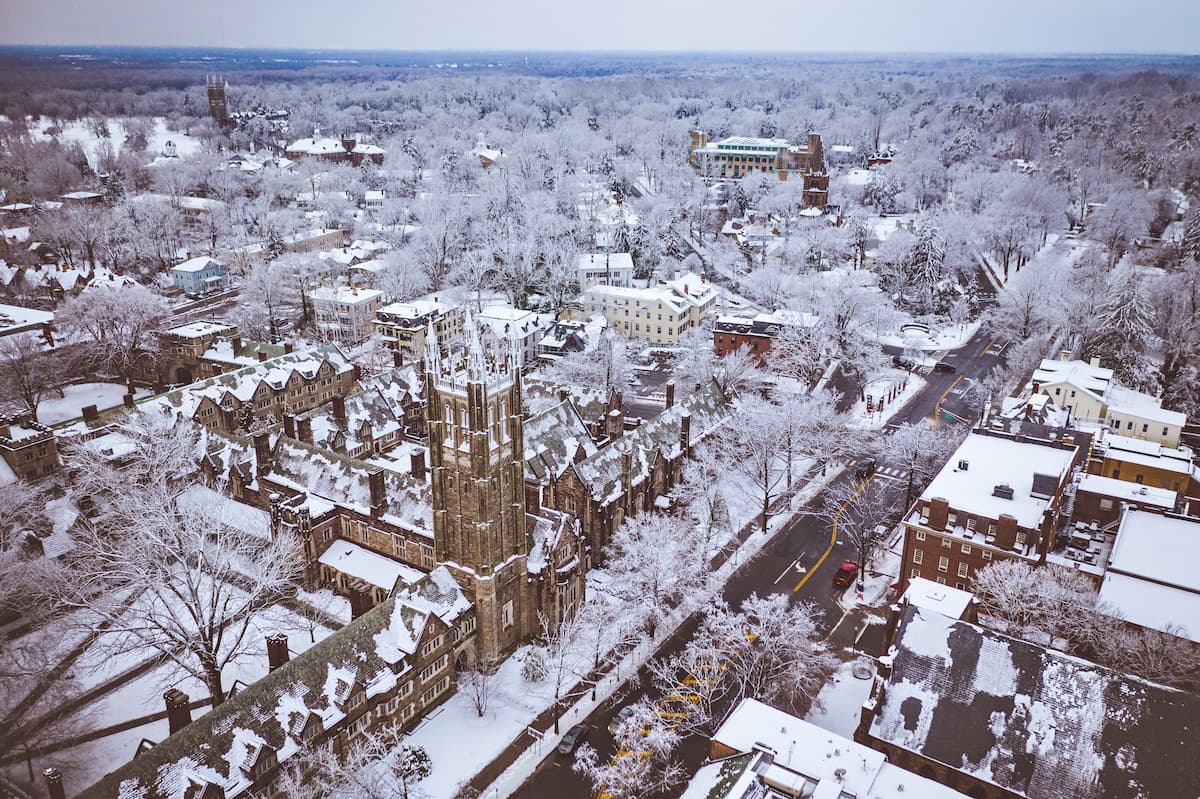
Explore New Jersey with the PeakVisor 3D Map and identify its summits.








